By Peter Suciu
Collectors of militaria can find virtually anything these days with a few mouse clicks on the computer, but the one thing the Internet has been unable to truly recreate is the experience of holding and seeing such items up close. That’s why shows like the Military Antiques Xtravaganza, or MAX, remain so important to the hobby.
It has been 60 years since World War II ended, but interest in the era at an all-time high. This renewed interest in the greatest struggle of the 20th century has spawned a cottage industry of dealers, book publishers, and companies devoted to creating replicas for historical reenactments. The penetration of the Internet into homes worldwide has allowed collectors to acquire rare items that previously would have been difficult, if not impossible, to find. Yet even with eBay, international Web sites, and numerous online forums devoted to militaria, the hobby still revolves around military collectible shows.
One of the largest and most popular of these shows, the Military Antiques Xtravanganza has been going strong for 20 years—almost twice as long as the Third Reich itself. This past year, to mark the two-decade milestone, the show’s creators moved the event to a new venue, opening its doors to the public in Charlotte, N.C., at the Charlotte Merchandise Mart. Show organizers Lt. Col. (Ret.) Thomas M. Johnson and Thomas T. Wittmann provided space for more than 1,500 dealer tables, along with seminars for attendees on military collectibles and an entire wing devoted to specialized not-for-sale displays. Needless to say, large shows such as MAX have more militaria on hand than many museums, and unlike most museum pieces items can be purchased—just don’t expect flea-market prices.
The MAX show has become an annual pilgrimage for collectors, and it remains among just a handful of large North American collectible shows that attract buyers and sellers from around the globe. Although it wasn’t the first show dedicated to military collectibles on this side of the Atlantic, MAX was the first truly national event. It almost never happened.
In the early 1980s there were only a few shows devoted entirely to militaria, and most of these were 200- to 300-table shows. The largest was the annual Cincinnati show sponsored by the Ohio Valley Military Society, with about 400 tables. There were few alternatives for dealers who couldn’t make that show. “Back in those days you usually went to the local gun show to seek out militaria,” explains MAX co-founder Wittmann. “And those shows usually placed the militaria in the back end of the gun show, near the men’s room. The organizers just hated this stuff.”
As an authority on Imperial German and Third Reich-era daggers, Wittmann had been a collector of edged weapons since 1966 and had been attending the gun-show circuit for many years. In late 1970s and early 1980s, when smaller shows devoted to military collectibles began to pop up, Wittmann and his friend Thomas M. Johnson, author of an eight-volume series on edged weapons of the Third Reich, decided to launch an even larger show. The MAX show was born. Wittmann consulted with Ron Weinand, advanced collector and author of several books on German Third Reich-era helmets and edged weapons, who suggested locating the show in St. Louis.
“We planned this in the early 1980s and we decided we needed a thousand-table show,” says Weinand, who had attended college in St. Louis and felt that the city’s central location and international airport would help attract dealers and collectors from far and wide. Previously it had been difficult to attract dealers outside the Midwest, but the MAX show would be large enough to bring European dealers to North America.
“St. Louis is in the middle of the country and that made it ideal for attracting people from both coasts,” Wittman adds. “Plus the airport made it easy enough for the Europeans to finally come to an American show. The Chase Plaza Hotel in St. Louis had reasonable accommodations for the show, and offered the promoters use of the ballroom if the 180 rooms could be sold out. MAX had no problem attracting attendees, and the rooms as well as the tables in the ballroom sold out quickly.
“We completely filled the ballroom, so the hotel let us set up more tables in the basement under the ballroom,” Wittmann recalls. “So we had the full ballroom and more military items down in the cellar. It was a very, very successful show.”
Financially, the event wasn’t nearly as triumphant. After paying for the numerous expenses, including security and promoting the show, MAX’s founders ended up with a profit of about $15. In addition to the normal access to the dealers on the show floor, MAX was set up more like a trade event than a flea market. In the hallways of the first show, noted author Jack Angolia conducted the first seminars on the hobby of collecting, while dealer Bill Shea helped hold the first auction. The seminars and auctions remain vital parts of the show, but other aspects quickly went by the wayside, such as hiring a 1940s-style dance band to entertain the attendees and their wives at a Saturday night mixer. MAX was the first show of its kind to attract spouses and offer alternate activities. In addition to the Saturday night dance, which was held on the hotel’s top floor, wives were treated to a tour of St. Louis and a visit to a local brewery. These extras, however, drained away the overall gross and hurt the bottom line “We spent money needlessly on things that didn’t interest the collectors,” admits Wittmann, “but people really had a good time, and that’s what is important.”
Among the notable items presented at the first show was a Napoleonic-era sword that Wittmann remembers being sold for $600. Later, it was appraised at nearly $50,000.
Successfully surviving first-year glitches, the show has continued to thrive. It was held twice more in St. Louis before moving to Baltimore for five years. In 1992 the show moved to the Pittsburgh, Pa., suburb of Monroeville, which was to be its home for the next decade. These moves, including the latest move to Charlotte, have always been part of the bigger plan.
“This will be our fourth move,” says Wittmann, who maintained that the original plan all along was for MAX to move around the country to give everyone a chance to come. “These moves give us some new faces and let us bring in new ideas as well as new philosophies on collecting.”
Wittmann says this move to Charlotte allowed for a new mix of collectors who may not have attended the Pittsburgh or Baltimore events. This years show had more collectible displays than any previous show, including a rare collection of marked Lugers, a selection of Italian North African regalia from the World War II era, and a display by advanced SS helmet collector Kelly Hicks. To ensure sure that spouses weren’t overlooked, the show provided a tour of Charlotte and the Vanderbilts’ Biltmore Estate in Asheville.
Attendees found more international collectibles on hand this year. While the show did retain its typical emphasis on Third Reich items, there was much more in the way of an international flavor, with helmets displayed from around the world.
“The biggest area I felt that had gained in showing at this Max was Imperial German militaria,” says Perry Floyd, a North Carolina collector of German helmets. Floyd and other attendees found the new single-hall approach a vast improvement over the two halls that had been used during the Pittsburgh era
The biggest threat to the MAX show is not rival events, such as the annual February Show of Shows (SOS) held by the Ohio Valley Military Society in Lexington, Ky., but rather the increased availability of militaria on the Internet. Wittmann concedes that online auctions and international dealers are changing the hobby.
“The big shows are not as relevant,” he says, adding that many collectors are comfortable buying items on eBay using PayPal. “But still, many people are not as computer literate,” Wittmann adds. “And they still want to hold and feel and item before they buy it.”
The big shows have become one-stop shopping locations for all things related to the militaria hobby, with some tables devoted to books or war films on VHS and DVD. Such items can be bought at the same time that a collector finds an impressive helmet or rare badge.
Experience is the one thing you can’t buy at the show, but a visit does help novices by exposing them to so many fine examples. Many advanced and intermediate collectors agree that the show remains relevant as a learning experience. The MAX show has become known for its MAX Certified Dealers, a program designed to promote consumer confidence in particular dealers. Acceptance as a Certified Dealer entitles the seller to display a distinctive plaque that guarantees the authenticity of merchandise—not only at the MAX show, but at all other shows and even online.
This certification does not automatically guarantee that every item at a show is completely authentic, and attendees should still carefully consider all items and, if possible, get second opinions on the more expensive ones. The other downside to a show of this magnitude is that it tends to drive up prices, with some items marked up by as much as 10 percent. Ron Weinand, for one, doesn’t think the Internet will ever kill the MAX; he says he has seen many dealers save prized items just to take to the MAX show. “You’ll meet more people with an interest in collecting at one MAX show than at 50 of the smaller shows,” Weinand says, “and if you’re already online, you’ll get to see people you know from a forum at this show.”
The camaraderie remains one of the biggest draws for collectors, as it gives them a chance to meet other people with similar interests. “There is a social aspect that you don’t get from the Internet,” concurs Robert Kondor, a dealer specializing in quality German World War II militaria, who said the show has given him the chance to meet people he previously only knew online.
The ongoing ban of Third Reich memorabilia on eBay has helped MAX retain its importance, but the show is continuing to evolve beyond being just an event devoted to German militaria. With more and more specialized dealers attending the show, international items are becoming a bigger focus. “I’ve attended four MAX shows and I would say I’ve found a great item at every one that I’ve been to,” says Jareth Holub, an advanced collector of World War II Japanese military items. “The best item I’ve ever found at the MAX show would be a Japanese army paratrooper’s jump smock. I’ve also been very lucky finding rare and excellent Japanese helmets.”
Although the prices were a tad on the high side, MAX still had something for military collectors on both ends of the spectrum, with items ranging from basic badges for under $20 to ultra-rare double-decal Waffen SS helmets that fetched more than $5,000.
If you couldn’t make this year’s show in Charlotte, there’s always next year. MAX’s organizers have no plans on quitting any time soon. Wittman said he’ll keep the show going as long as there is sufficient interest, and he is already considering future locations—but only after spending a few more years enjoying the warm Southern hospitality in Charlotte.
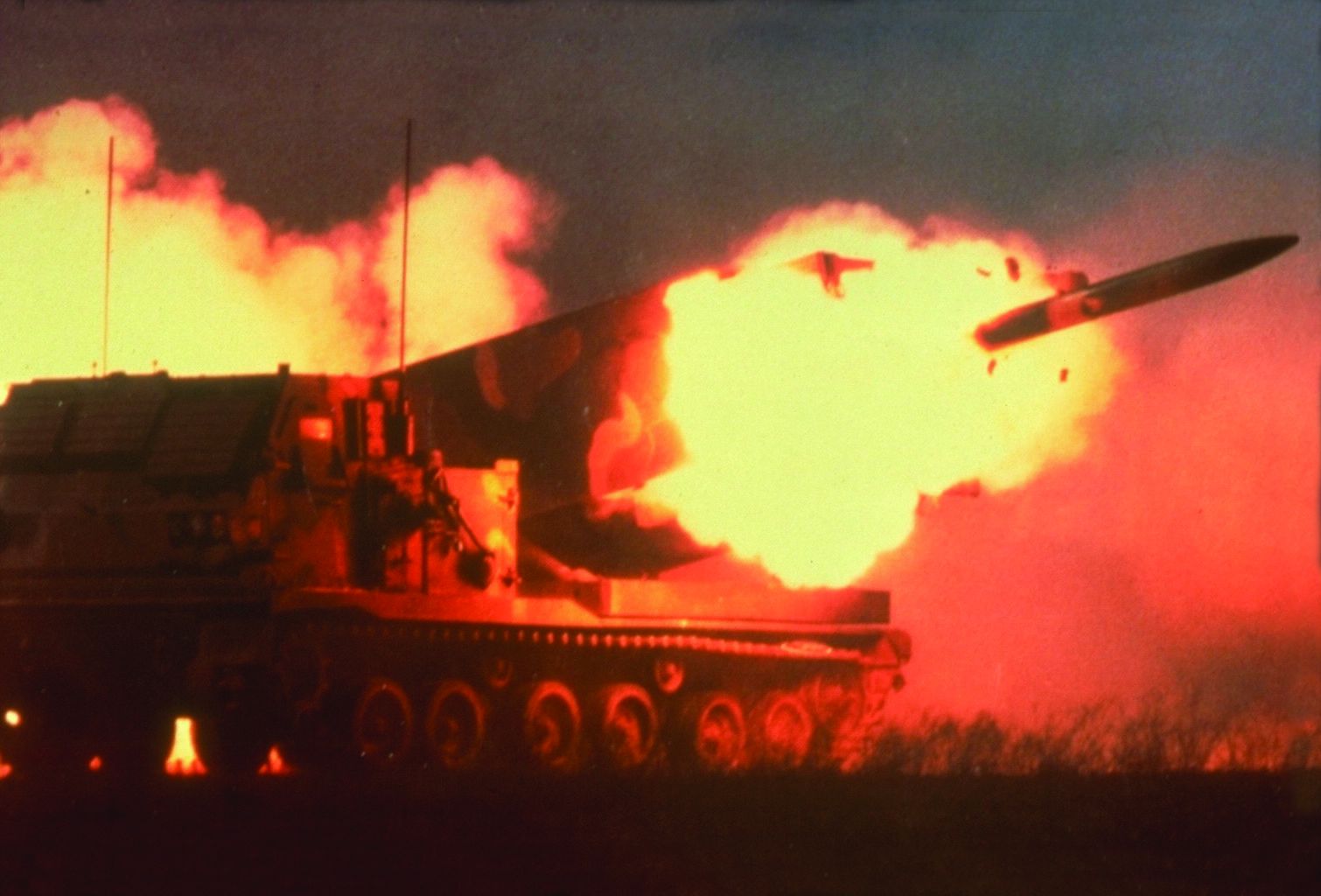
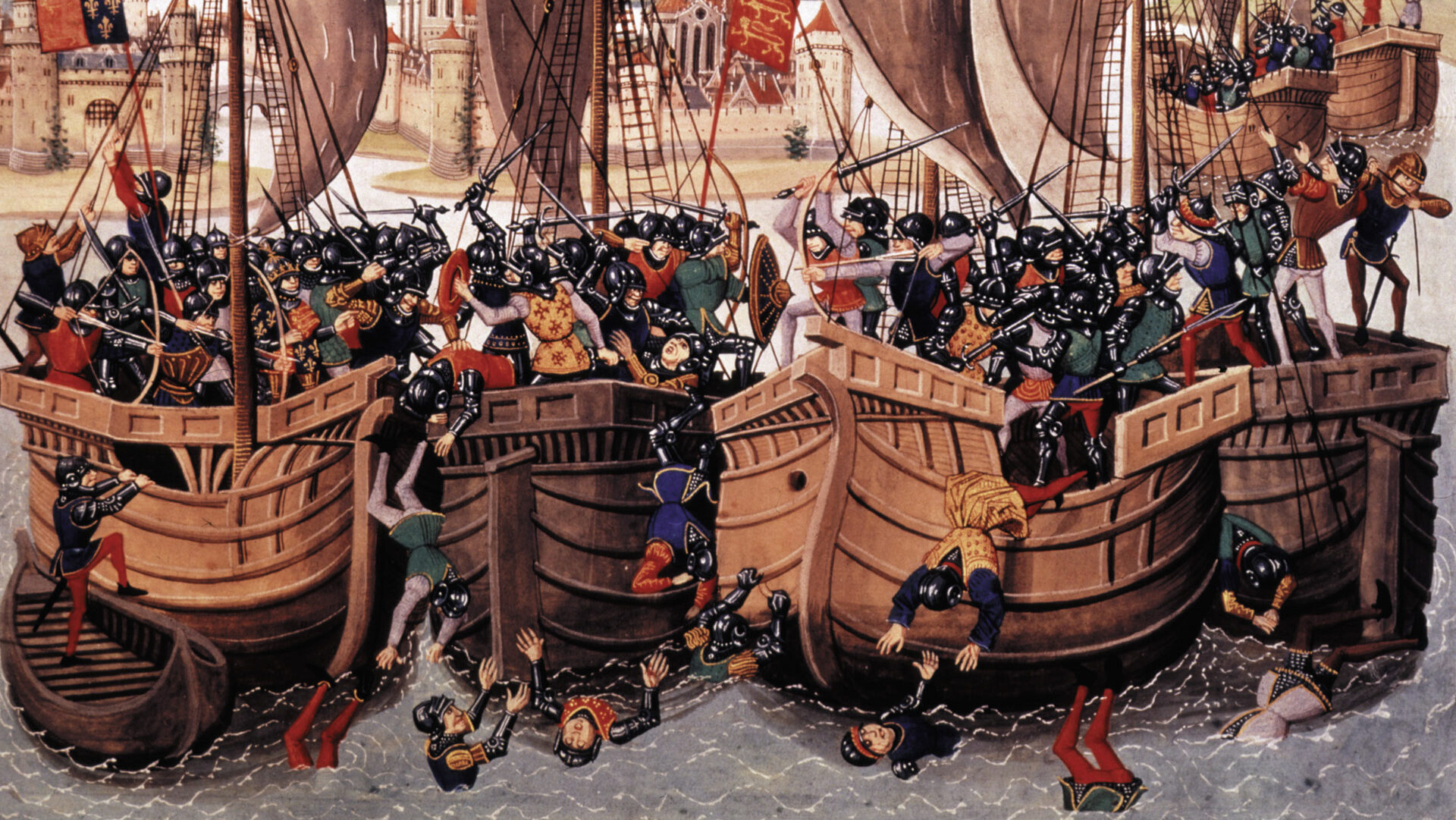
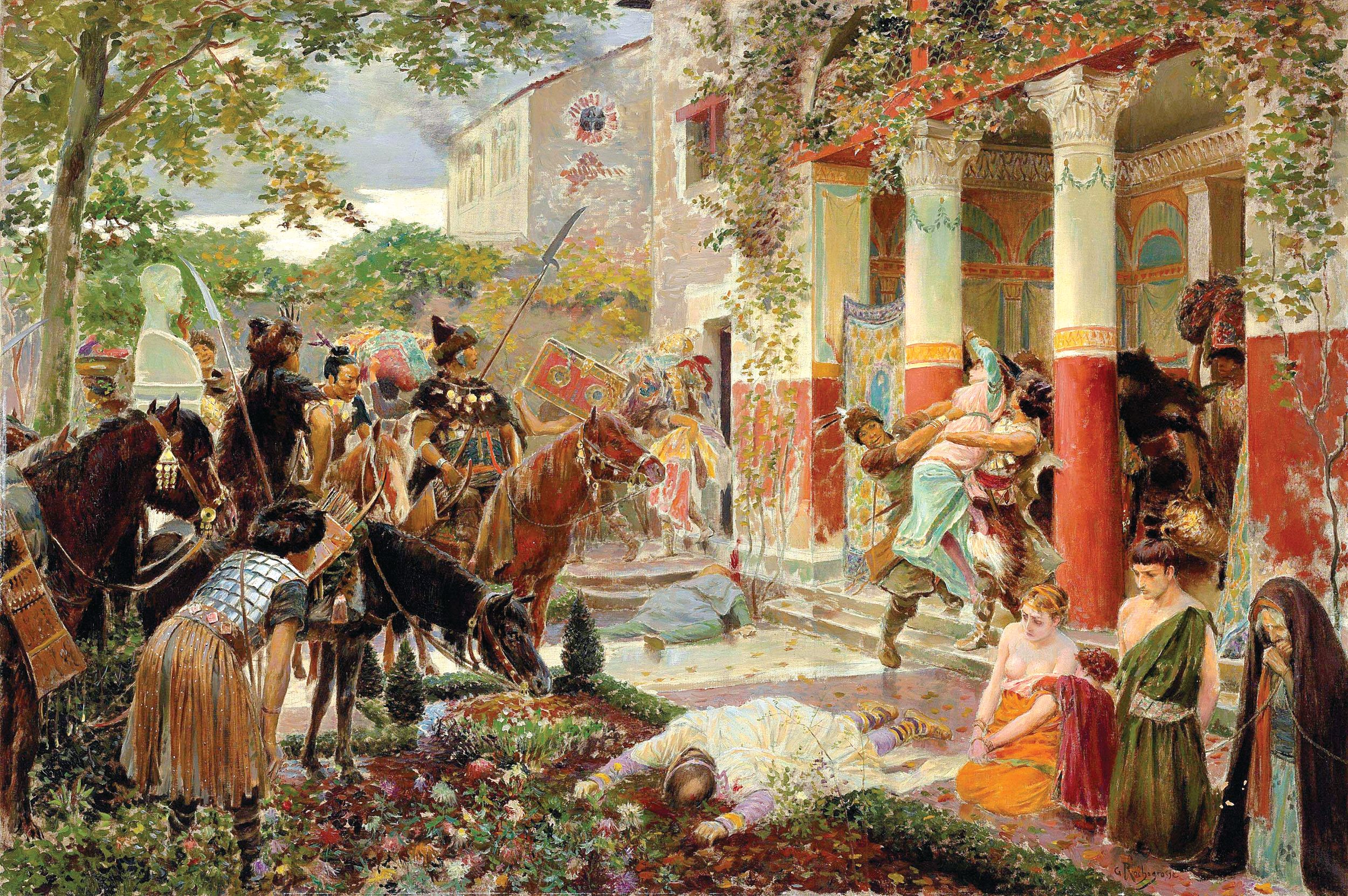
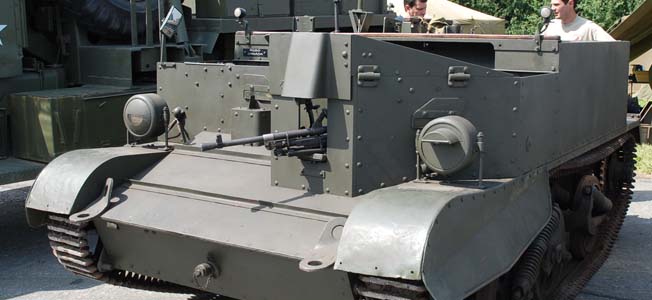
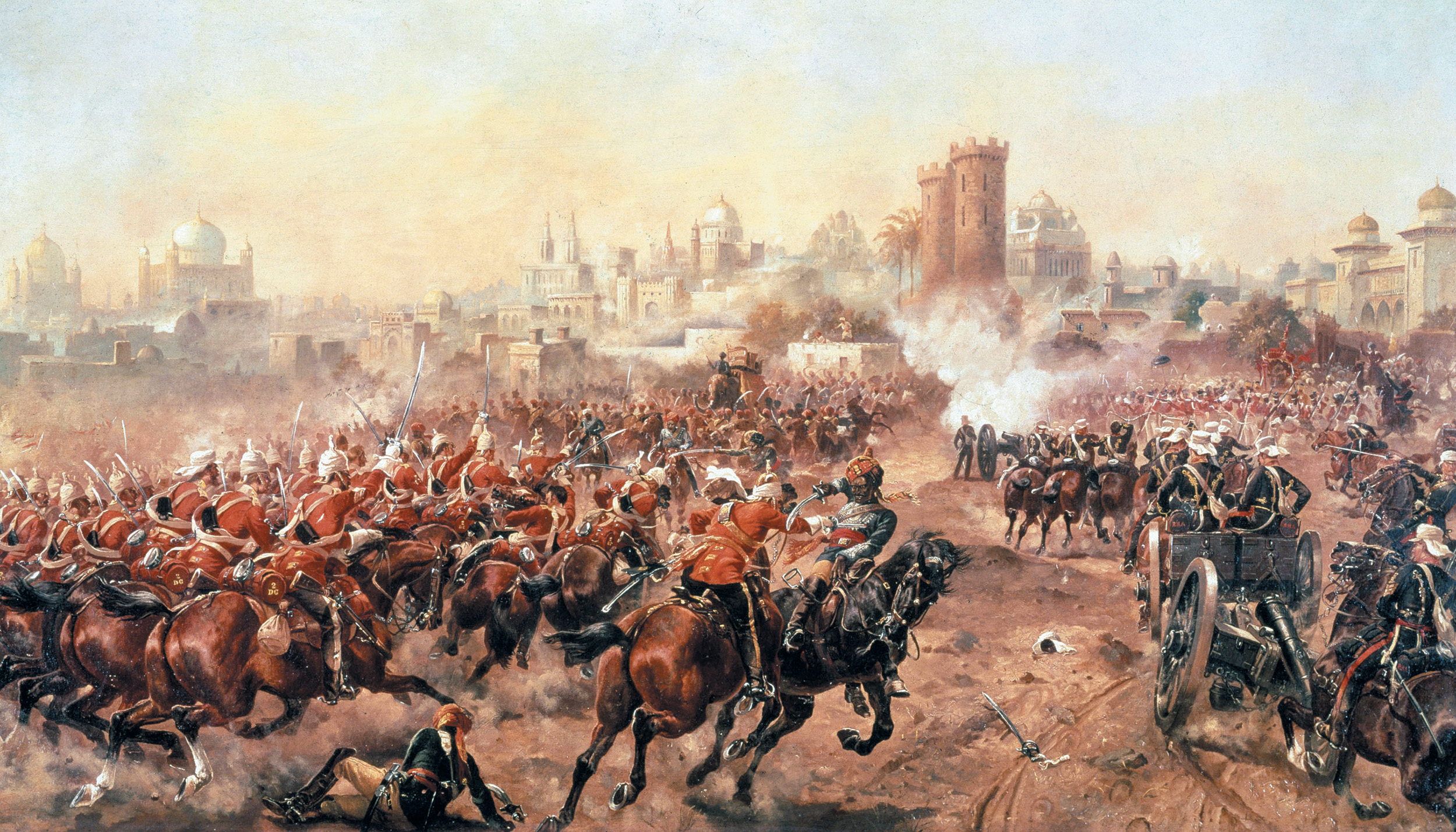
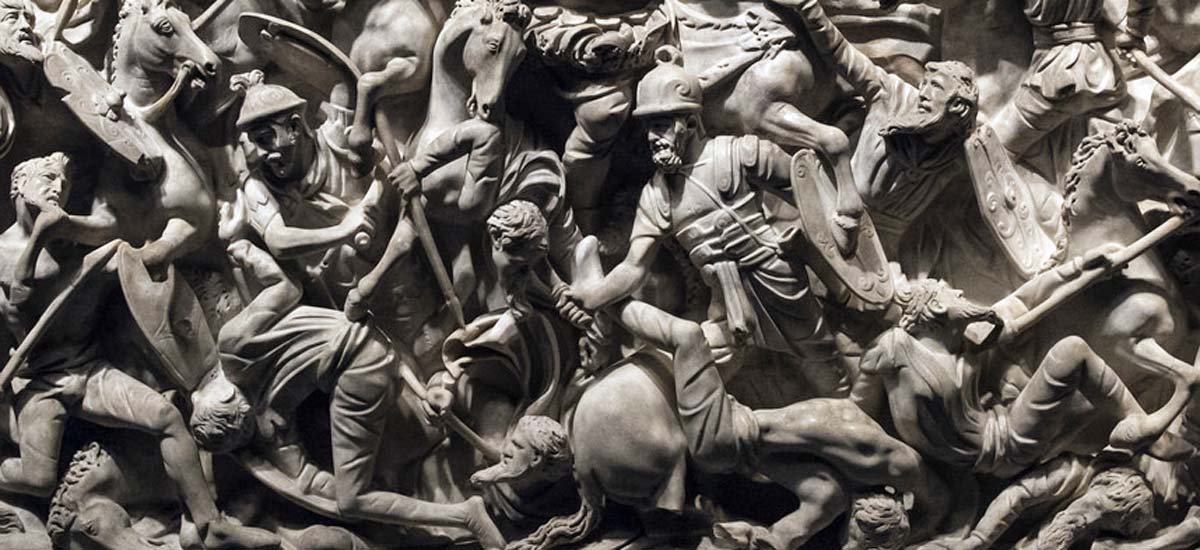
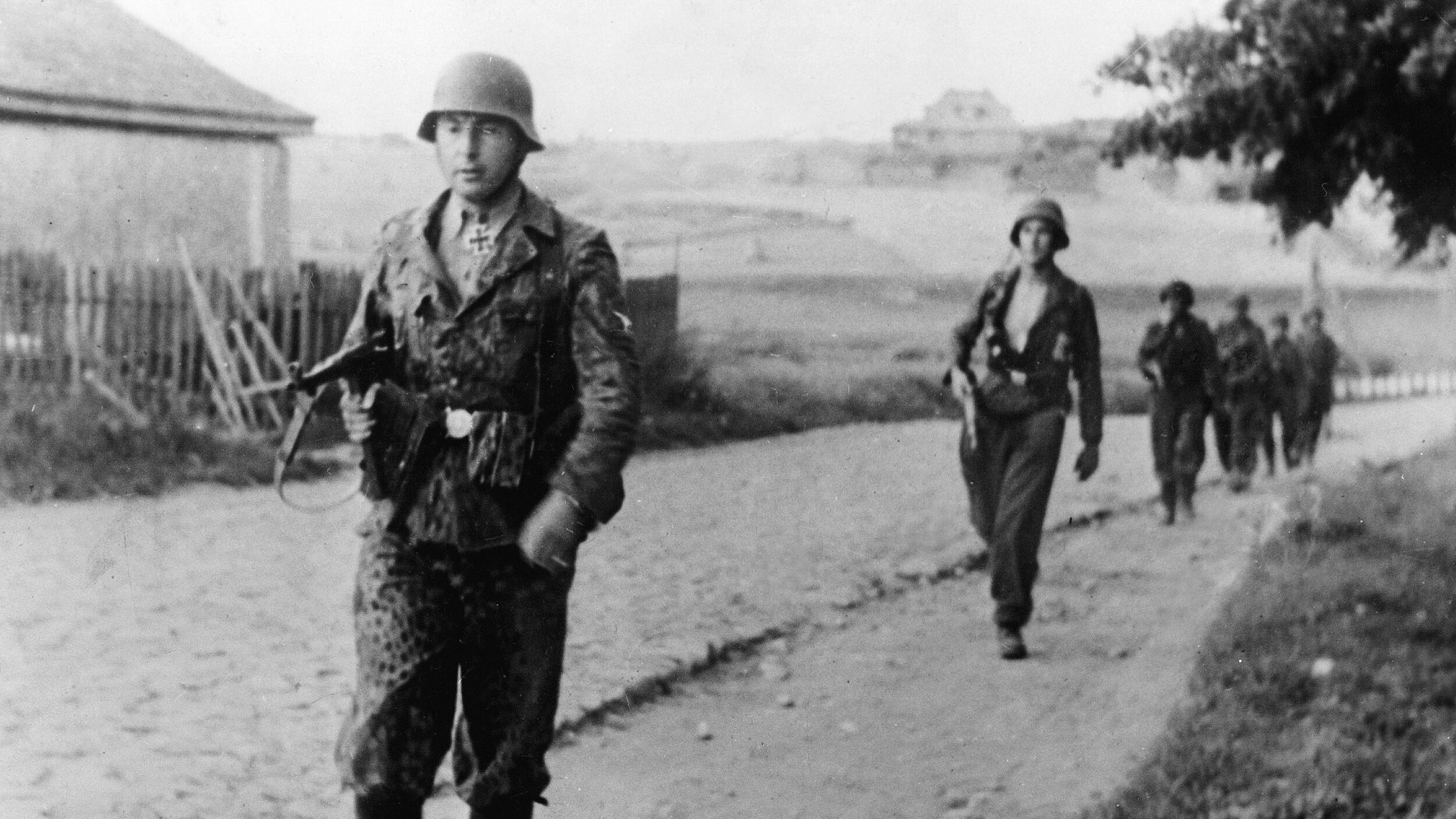
Join The Conversation
Comments
View All Comments